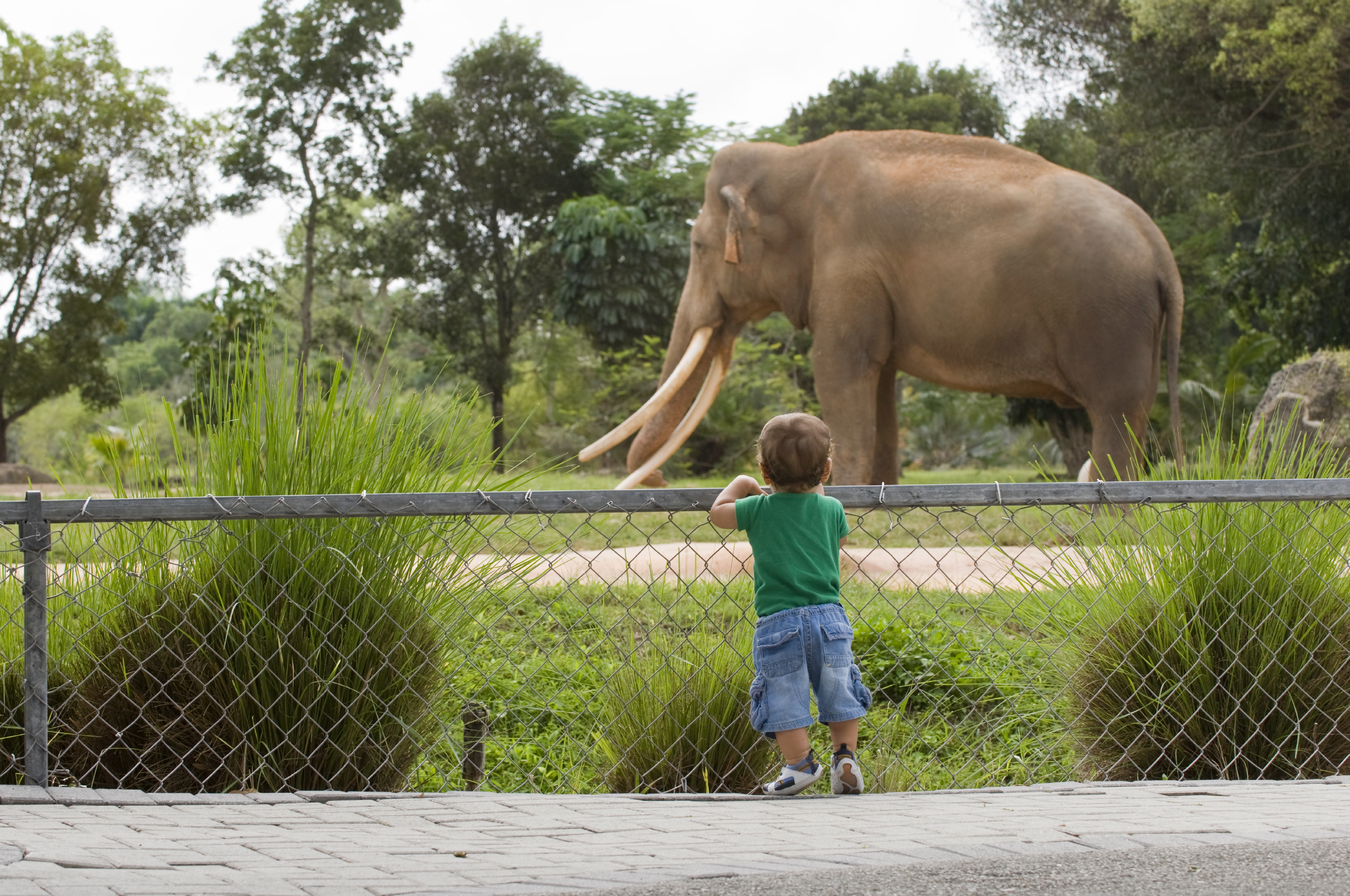The battle we have fought, and are still fighting, for the forests is a part of the eternal conflict between right and wrong, and we cannot expect to see the end of it...The fight for the Yosemite Park and other forest parks and reserves is by no means over; nor would the fighting cease, however much the boundaries were contracted. Every good thing, great and small, needs defense. The smallest forest reserve, and the first I ever heard of, was in the Garden of Eden; and though its boundaries were drawn by the Lord, and embraced only one tree, yet even so moderate a reserve as this was attacked.
-John Muir
| An Example of North American Forest and Mountain Range Source: Americanforests.org |
When the United States set aside land for the world's first national parks, the country changed how people interacted with nature forever. During the era of American expansion, when land was being purchased, settled, and developed at unprecedented rates, environmentally conscious citizens sought to protect places that they deemed to have natural and inherent beauty. Thanks to the efforts of men and women like John Muir and Theodore Roosevelt, these places were cordoned off from the bulldozer that was industry. Surveys were completed, boundaries were drawn, and political fences were erected in the hope that such wildlands would remain free and pure. The effort was deemed a huge success; the national parks became a part of the American identity and documentarian Ken Burns declared them "America's best idea." Yet the matter is not settled. Official words on paper and good intentions are not enough to keep our landscapes safe.
Forces, both natural and man-made, continue to conspire to endanger the scenery that our predecessors set aside. Agencies and groups labor desperately to preserve environments in the same conditions as our ancestors found them. With encroaching forces like climate change and pollution assaulting them constantly, such endeavors can seem to be an uphill battle. To be blunt, our efforts to preserve in an era of change are impossible tasks.
Preservation, in the vein of its nineteenth-century creators, is an indefensible goal. Its central ideas of a self-maintaining wilderness and ideal static sceneries are flawed and need to be done away with. Wilderness, as defined by the Wilderness Act of 1964 as "an area where the earth and its community of life are untrammeled by man, where man himself is a visitor," does not exist. Man's reach now extends beyond his gaze. Though a region may appear remote, wild, and unspoiled, it is always threatened by the same impinging forces that jeopardize every other part of the planet. To be successful in our mission to protect natural scenery, we must do away with antiquated notions about change and set new priorities for our lands.
